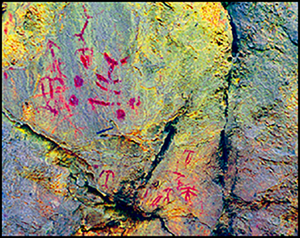Crossref Citations
This article has been cited by the following publications. This list is generated based on data provided by
Crossref.
May, Sally K.
and
Goldhahn, Joakim
2021.
Encyclopedia of Global Archaeology.
p.
1.
Fowler, Kent D.
Ross, Jon
Barritt-Cleary, Christian
Lederman, Zvi
Bunimovitz, Shlomo
and
Greenfield, Haskel J.
2022.
Age and sex determination of fingerprints on ceramic objects from the Late Bronze Age Palace at Tel Beth-Shemesh, Israel.
Levant,
Vol. 54,
Issue. 3,
p.
331.
Sánchez Romero, Margarita
2023.
Women in Archaeology.
p.
201.
Gonçalves, Vitor da Silva
2023.
REDESCOBRINDO A COLETIVIDADE NO ÂMBITO DA PROPRIEDADE INTELECTUAL.
P2P E INOVAÇÃO,
Vol. 10,
Issue. 1,
p.
291.
Diogo, Rui
Adesomo, Adeyemi
Farmer, Kimberly S.
Kim, Rachel J.
and
Jackson, Fatimah
2023.
Not just in the past: Racist and sexist biases still permeate biology, anthropology, medicine, and education.
Evolutionary Anthropology: Issues, News, and Reviews,
Vol. 32,
Issue. 2,
p.
67.
Dyowe Roig, Albert Epitié
Estebaranz-Sánchez, Ferran
Martínez, Laura M.
and
Molist Montaña, Miquel
2023.
Analysis of fingerprints on a PPNB figurine from the Tell Halula site, Syria.
Archaeological and Anthropological Sciences,
Vol. 15,
Issue. 4,
Diogo, Rui
2024.
Darwin’s Racism, Sexism, and Idolization.
p.
297.
Díaz-Guardamino, Marta
2024.
Gender Trouble and Current Archaeological Debates.
p.
47.
Simandiraki‐Grimshaw, Anna
2024.
AN ARCHAEOLOGY OF BODY TRACES: FINDING EVERYDAY HANDS FROM MINOAN CRETE.
Oxford Journal of Archaeology,
Vol. 43,
Issue. 3,
p.
301.
